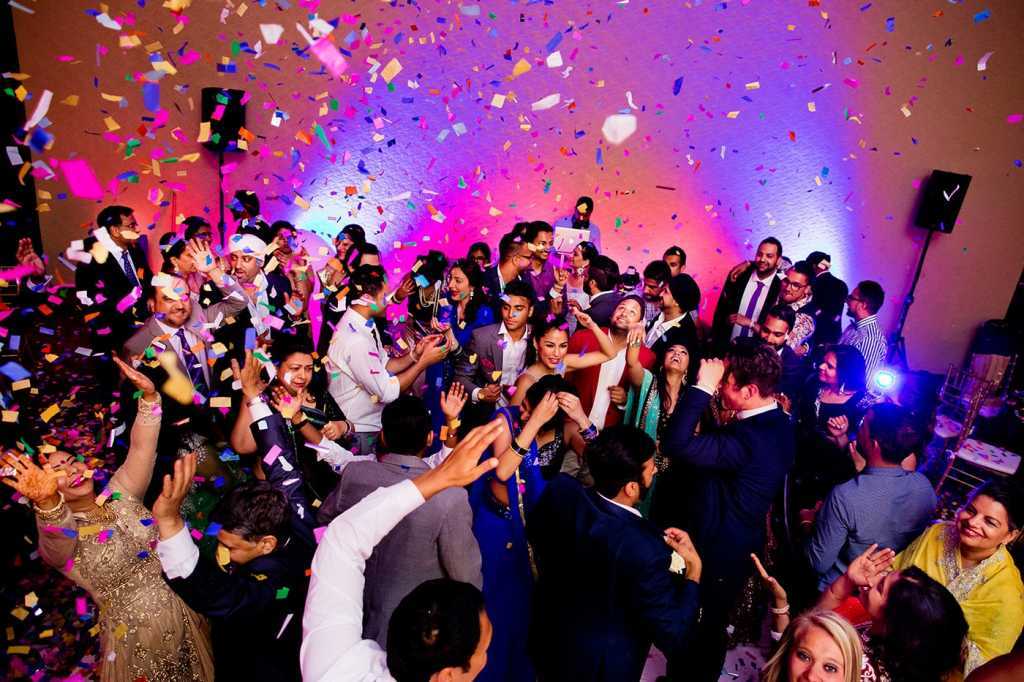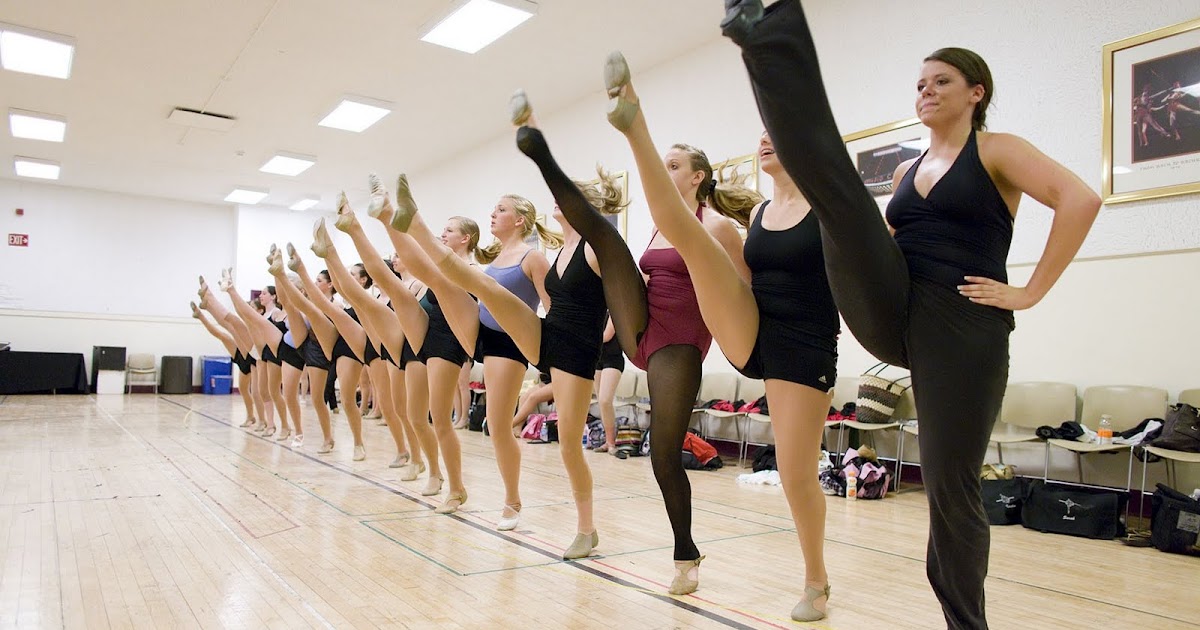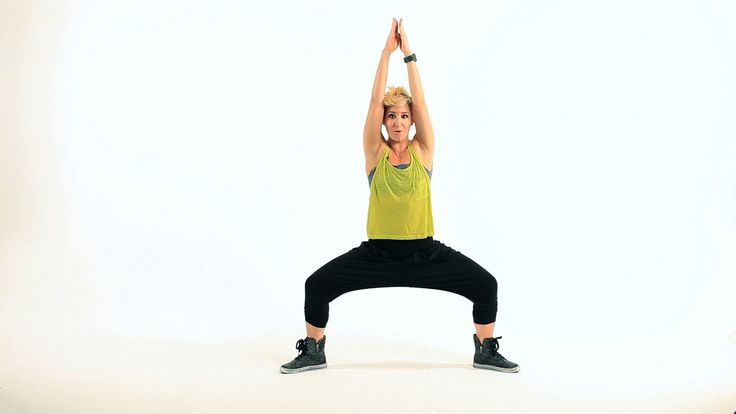Learn how to disco dance
Disco dance lessons online - Basic disco moves
Disco is back (well maybe not…). All the popular dances that made Saturday Night Fever such a success are making a comeback. Learn the Hustle and all the popular dance steps to keep you moving to the music of the 70’s and 80’s.
The following Disco dance lesson can help you get started with some iconic moves.
Basic Disco moves:
Video Transcript:
Welcome to Funkalicious Feet, I’m Ryan Kasprzak and today we’re going to be breaking down some classic disco moves. Now, any hot dog vendor can learn these simple easy disco moves, but you want to look right? So we’re going to be talking about three easy rules to looking cool – Ryan’s three rules of looking cool.
Rule #1: Bounce, right? When you hear the music going, just let your knees go, get a little bounce going. I’m looking cooler already. Looking cool, right?
Rule #2: Head. Get your head going. We’re starting to look cooler. Getting towards cool now. And,
Rule #3: Attitude, right? You want to look cool. You want to feel confident. If everything goes down, I’ve got my head going, I’ve got my knees going – not so cool, right?
So again, Ryan’s three rules of looking cool:
Number 1 – Bounce
Number 2 – Head
Number 3 – Attitude
Keep those in mind while we’re learning these disco moves and you’re going to look cool too.
Okay, so the first disco move we’re going to learn is called “Point to the exits.” So you want to envision a bright orange exit sign over here, a bright orange exit sign over here. I take my fingers and I point to the exits. Right? Remember my three rules of looking cool? I’m bouncing, my head’s going, I got my attitude as I point to the exits. Good.
Our second move is a slight variation, we go – exit and mouse holes. Right? So I take one finger, this is a classic John Travolta move.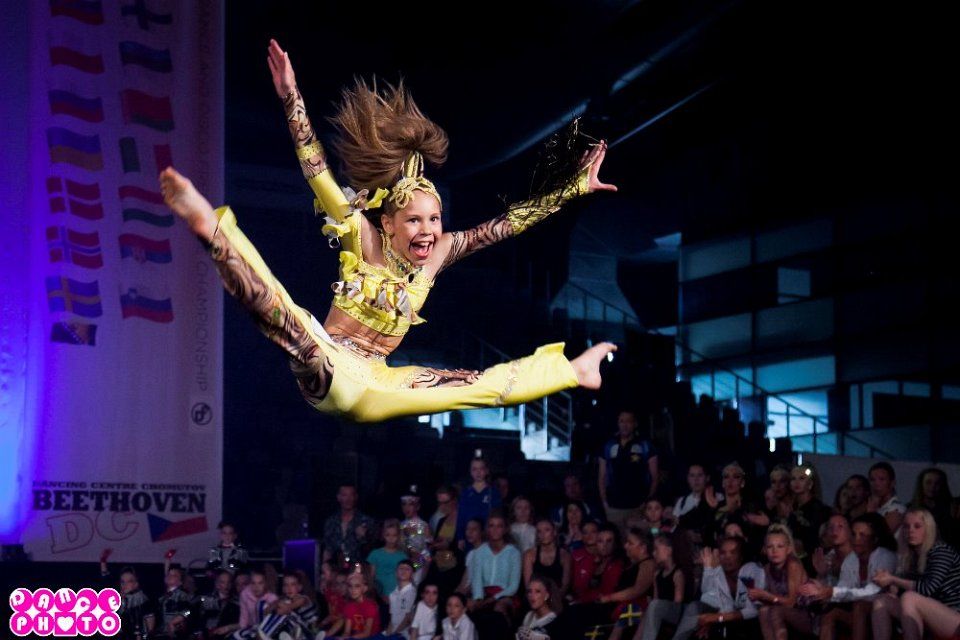 I point to the exits. I point to the mouse holes, right? Pretend there’s a mouse hole and Tom’s going to come out of there, right? So I go, exits – mouse holes – exits – mouse holes. See my three rules of looking cool? I’m bouncing, my head’s going, I’ve got the attitude going, right? Let’s try it on the left side. We go – exits – mouse holes – exits – mouse holes. Nice and easy. Good.
I point to the exits. I point to the mouse holes, right? Pretend there’s a mouse hole and Tom’s going to come out of there, right? So I go, exits – mouse holes – exits – mouse holes. See my three rules of looking cool? I’m bouncing, my head’s going, I’ve got the attitude going, right? Let’s try it on the left side. We go – exits – mouse holes – exits – mouse holes. Nice and easy. Good.
Now we’re moving on to a little bit more complicated step. This one’s called, “Pass the dishes.” And it’s like your buddy over here or your brother or something says, “Hey man, pass me some butter.” So what do you do? You pass the dishes. Right? I’m bringing it to my hip and I’m passing the dishes. Again the three rules of looking cool, my legs are bouncing, my head’s going. I’ve got a real smooth attitude. Yeah, on the left side just passing the dishes, just pass the dishes.
Good. We’re going to do a few more here. Now we’re going to move on to “The Lawnmower.” This one’s real easy. I just start the lawnmower.![]() And then I mow the lawn. So I’m going – start it – start it – mow that lawn. Again left side, start it – start it – mow that lawn. Again three rules of looking cool, I’m bouncing, my head’s going, I’ve got a sweet attitude, start it – start it – mow that lawn. Then after that, after you mow the lawn, what do you do?
And then I mow the lawn. So I’m going – start it – start it – mow that lawn. Again left side, start it – start it – mow that lawn. Again three rules of looking cool, I’m bouncing, my head’s going, I’ve got a sweet attitude, start it – start it – mow that lawn. Then after that, after you mow the lawn, what do you do?
You water it with ”The Sprinkler.” So I’m taking my left hand behind my head, my right hand out. I start slow. Pop – pop – pop – then quick – pop-pop-pop-pop-pop-pop-pop. Left side goes: 1, 2, 3, 4, quick – 5 and 6 and 7 and 8.
Okay, last one. This is my favorite disco move of all time. It’s called “The Flight Attendant,” right? When you get on the plane the flight attendant gives you some simple instructions. We put them into a disco move. So I take my two fingers like this and I just go, exits, exits, masks, seat belts – Exits, exits, masks, seat belts – See how my three rules of looking cool fit in here? My legs are bouncing, my head’s going and I’ve got the sweetest flight attendant attitude you have ever seen – Exits, exits, masks, seat belts.
All right now we’re going to try the combination with a little bit of music, maestro –
So remember rule number 1 – get my bounce going. I’m looking cool – get my head going. We’re going to try the moves. Here we go – Point to the exits – we go exits, exits, exits, exits, let’s try exits – mouse holes – exits – mouse holes, left side, pass those dishes, oh have some butter, left side, maybe roll, there you go, yeah.
Let’s do the lawnmower – we go start it – start it – mow that lawn, left side – start it – start it – mow that lawn.
Sprinkler – 1, 2, 3, 4, hit-hit-hit-hit-hit – Left side, 1, 2, 3, 4, hit-hit-hit
Flight attendant – exits, exits, masks, seat belts – once again – exits, exits, masks, seat belts
That’s our disco warm-up.
So those disco moves are great for incorporating into your warm up. They’re fun, they’re easy, they get you going and also you can think about ways to make your own disco moves. You can pretty much take any simple, every day activity, and as long as you remember the three rules of looking cool: bounce, head, attitude, you can make them into a disco move.
Like, for example, how about this one? Taking a test, hmmm, oh I got it. Taking the test, hmmm, oh I got it. Taking the test. Or, this is one of my favorites, making pancakes, right? Pour the batter. Grill it up. Flip it. Looks good. Pour the batter. Cook it up. Flip it. Looks good. Anything you want. Waiting for the bus, et cetera, et cetera.
Anyway if you have some ideas for some new disco moves, you can email me: [email protected] Maybe I’ll put your disco moves into our next podcast. This has been Funkalicious Feet. I’m Ryan Kasprzak. Thanks for tuning in.
For other dance styles visit our online dancing lessons now.
13 Simple Disco Dance Moves for Beginners
Many people consider disco to be a relic of the 70s and 80s, but it’s still alive and well in this day and age. In fact, disco dance and music have recently undergone a revival. People now became taken once more by the energy of disco dance moves.
If you’re one of many who just recently discovered the magic of this dance and would like to take a shot at it, this guide can help get you started.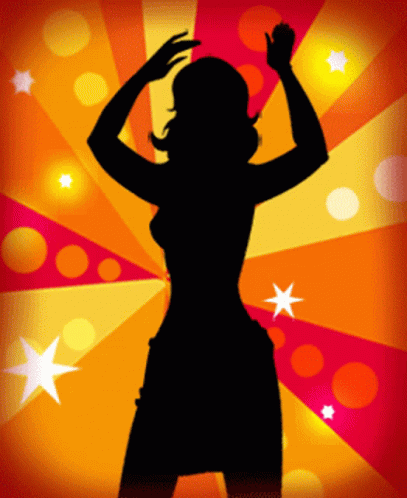 Whether you’re practicing by yourself at home or with an instructor, try out one of these basic disco moves. They’ll give you a solid foundation and will give you the opportunity to try more advanced techniques later on.
Whether you’re practicing by yourself at home or with an instructor, try out one of these basic disco moves. They’ll give you a solid foundation and will give you the opportunity to try more advanced techniques later on.
Of course, after learning a couple of tricks, you can confidently perform on the dance floor, as well!
Contents
- 13 Common Disco Dance Moves for Beginners
- 1. The Disco Finger
- 2. Double Arm Swing
- 3. The Bus Stop
- 4. The Snap
- 5. The Elbow Pull
- 6. The Bump
- 7. The Get Down
- 8. The YMCA
- 9. The Retro Hustle
- 10. The Funky Chicken
- 11. The Butterfly
- 12. The Back Catch
- 13. The Electric Slide
- Final Words
13 Common Disco Dance Moves for Beginners
1. The Disco Finger
Source: Bostonherald.comThis is an incredibly iconic move. Daresay, it’s the signature dance move for disco after being popularized by John Travolta and Saturday Night Fever.
The Disco Finger doesn’t use a lot of the body from the knees down. Instead, the focus is on the hips and one hand. Extend your index finger (of any hand). Then, move your hand upward and downward in a diagonal movement. As you do, thrust your hip from side to side.
It’s a fairly simple move. So, at most, you’d be able to nail down the pattern in an hour or two of practicing in front of the mirror.
2. Double Arm Swing
Another iconic move in the disco world. Though it is simple, the move is fun to do and can display a lot of energy and openness on your part.
There are two counts to the Double Arm Swing. The starting position is a quarter turn to your left side with your left foot.
- On the first count, thrust out your chest and throw your right arm forward and into the air. At the same time, swing your left arm backward.
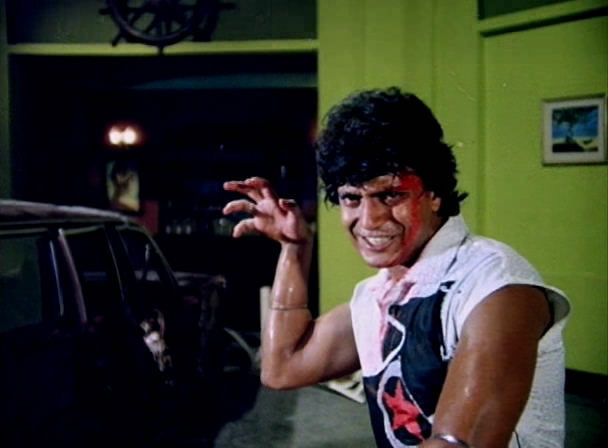
- The second count is bending your knee and dropping your hip as you swing your right arm downward and to your back. Swing your left arm forward and upward.
Repeat to the beat of the music or as fast as you can, depending on your mood.
3. The Bus Stop
Like other moves in disco, the Bus Stop is simple, yet fun. Typically, it is performed on the backing of Are You Ready? (Do The Bus Stop). But really, you can use it on any fast-tempo disco song.
Compared to the Disco Finger or the Double Arm Swing, the pattern is a bit more complicated. With a bit of practice, it’ll become natural in no time.
- Start up with both of your feet together. Loosen up your knees a little bit. Don’t lock up, or you’re going to look very robotic.
- Take a step back with your right foot, then take an even farther step back with your left foot.

- The moment your left foot hits the floor, take a step back with your right foot again.
- Now it’s time to move forward! Bring your left foot forward, then follow it up with your right.
- Take another step with your left foot.
- Bring your right foot alongside your left foot and give it a small tap, stopping the walking motion. Clap your hands in time with the foot tap.
- Take a step to the left using your left foot. Follow it up with a step right behind the left foot with your right foot. Repeat this pattern three times.
- Once again tap your left foot with your right foot, then clap your hands.
- Now reverse the pattern. Take a step to the right with your right foot, then bring your left foot behind the right foot. Repeat three times.
- Tap your right foot with your left foot and clap your hands.
- Make a quarter turn to either your left or right, and start again from the top.

It’s a pretty long-winded pattern, but take your time and practice. You’ll be able to get the hang of it a few hours in.
4. The Snap
The Snap, also known as the “Hip Check”, emphasizes the movement of the hips area. If you’re looking for a sensual move that can show off your body as well as your nimbleness, it’s a good one to try.
- Start with your feet being in-line with your hips.
- Shift your hips to the right, then snap your fingers using your right hand.
- Now, hips to the left, bend your knees, and immediately swing your right hips to the right.
- Straighten up your legs and swing your hips to the left again.
Repeat the pattern from the beginning and keep it going to the rhythm of the music.
Do note that the Snap is a very fast-paced move, which can make it pretty challenging to master at the beginning if you practice at full speed. Instead, we recommend going slow at first. Practice at half the normal tempo and gradually speed it up when you become more familiar with the pattern.
Instead, we recommend going slow at first. Practice at half the normal tempo and gradually speed it up when you become more familiar with the pattern.
5. The Elbow Pull
This is one of the more difficult moves in disco for beginners as it requires some coordination. If you’ve had experience with dancing before, you probably would be able to nail the Elbow Pull in an hour. For those who don’t, you’ll need a few hours to get into the rhythm.
- Start up with your feet apart. Your arms should be skewing slightly to the right. Ball up your hands into fists.
- Swing your hips right and follow it up by bringing your left foot to the right, as well. Draw your left elbow up and to the back until your forearm is perpendicular to your shoulder.
- Next, swing your hips to the left and follow that up by stepping your right foot to the right.
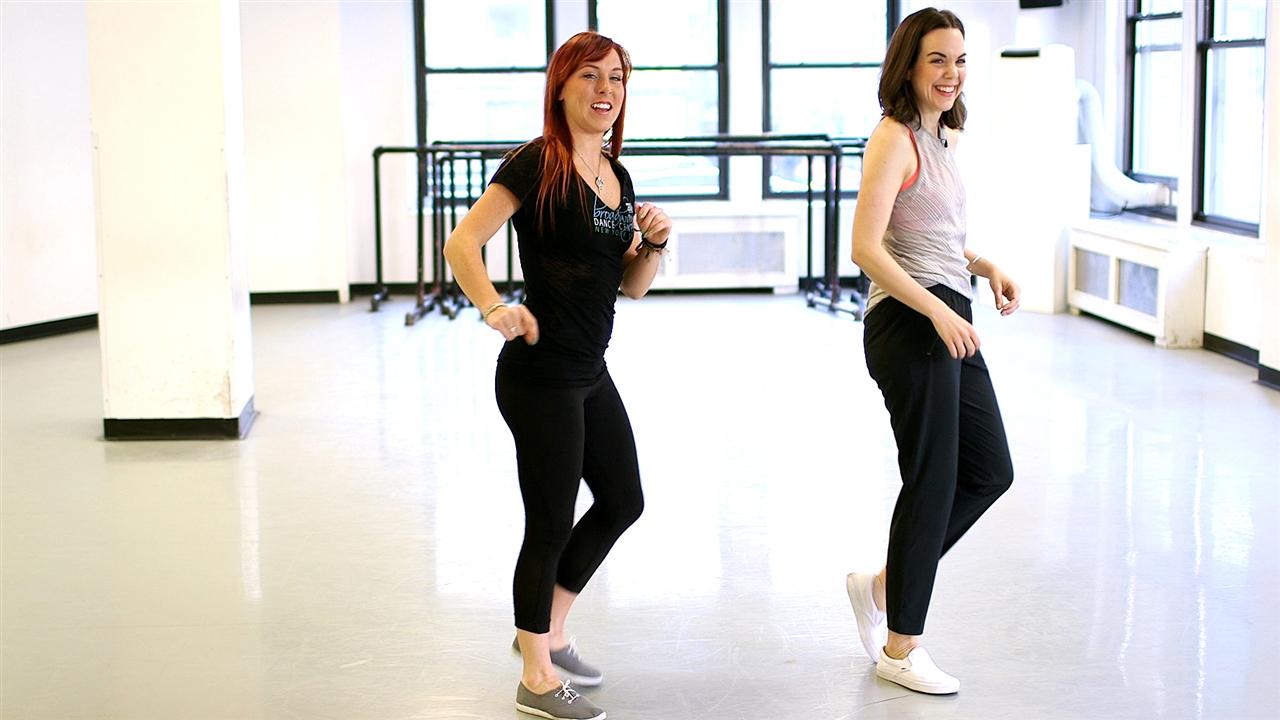 Punch forward in a line across your chest with your left arm (note that you shouldn’t punch too hard, else you could get tendonitis when practicing or dancing for long periods). Keep your forearm perpendicular to your shoulder.
Punch forward in a line across your chest with your left arm (note that you shouldn’t punch too hard, else you could get tendonitis when practicing or dancing for long periods). Keep your forearm perpendicular to your shoulder. - Swing your hips to the right and bring your left foot to the right. Pull your elbow backward, but unlike before, keep your forearm low and perpendicular to your hips instead of your shoulder.
Repeat the pattern to the beat of the music (or as fast as you can!)
The arm tends to be the most difficult part of this move. Most people will feel a bit awkward at first while practicing the arm motion. So, we suggest that you start first with the arm. Once you get used to the pulling-punching motion, then add in the hips and the legs.
6. The Bump
To learn and perform the Bump, you’ll need the help of a partner. It’s pretty easy and fun to do (especially when you do it with someone you’re romantically interested in, but it can also be done with a friend).
It’s pretty easy and fun to do (especially when you do it with someone you’re romantically interested in, but it can also be done with a friend).
Dance freestyle however you wish on the dance or practice floor. Then, when it’s time to pull this Move (signal your partner), swing one side of your hip towards your partner and bump it with theirs.
Quickly swing your body to the opposite direction and bump the other side of your hips with your partner. Repeat!
Your partner should also mirror your movement and, ideally, you two should be bumping your hips together in tandem and to the beat.
7. The Get Down
The Get Down traces its roots back to African dances. This move requires you to keep your legs wide apart. Then, bend at the waist area and knees to get down as close as possible to the floor.
8. The YMCA
Everyone’s probably heard of the YMCA by The Village People before.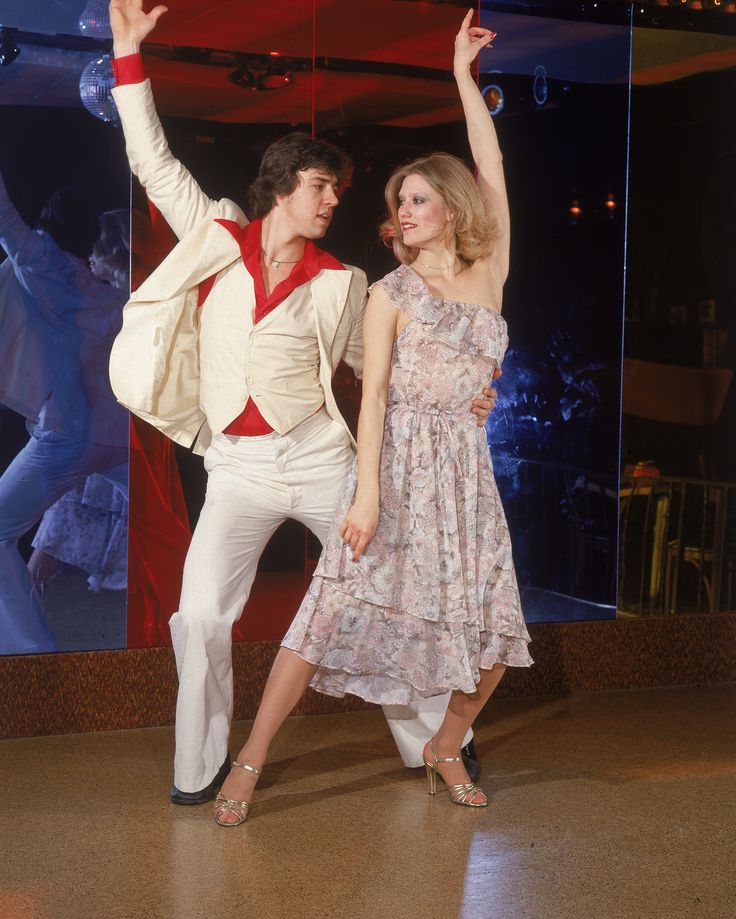 And if you do, you most likely already know this classic dance, as well.
And if you do, you most likely already know this classic dance, as well.
It’s so popular that it’s not just done in the disco circles these days. It has long since evolved into an Internet meme, so you can see people busting it out at various popular events like school dances and sporting events.
Of course, this dance is best done on top of the YMCA song.
The dance itself is pretty simple. You just have to move your arms and twist your body to spell the letter “Y”, “M”, “C”, “A” with your figure.
Although it’s not exactly required, whenever people come together to recreate this dance, they always scream the lyrics at the top of their lungs. So, we suggest that you do the same, as well, when you get the opportunity! It’s a lot more fun that way.
9. The Retro Hustle
This is one of the most famous disco dance moves from the 70’s.
The rise of the Hustle began with the chart-topping song “The Hustle” by Van McCoy and the Soul City Symphony in 1975.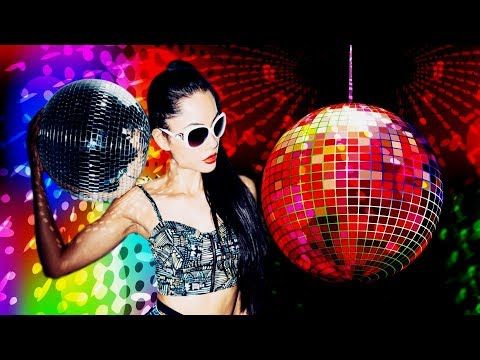 Because of its massive popularity, the Hustle has had many different variations since 1975. As a result, the original version is often referred to as the “Retro Hustle” to distinguish it from newer versions.
Because of its massive popularity, the Hustle has had many different variations since 1975. As a result, the original version is often referred to as the “Retro Hustle” to distinguish it from newer versions.
It’s a simple sequence of movements that includes taking three steps forward and three steps backward. In the process, you’d also be doing extra movements like pointing your finger skyward and weaving your fists together in circles.
Some people think it looks a bit silly … but just like everything in disco, the point is maximum fun value. Plus, since the move is done on an 8-beat count, it can actually fit just about any disco song on the catalog!
10. The Funky Chicken
The Funky Chicken is better known by its other name: the Chicken Dance.
As far as being silly, this is probably among the silliest moves in disco. However, at a party or on the dance floor with other people or with friends, it’s extremely fun.
However, at a party or on the dance floor with other people or with friends, it’s extremely fun.
- Rest your arms on either side of your chest and ball up your hands into fists. Your elbows should be tucked to the lower side of your ribs.
- Shake your head forward and backward for 4 or 8 counts.
- Imitate a chicken’s wings by pushing your elbows outward while keeping your hands close to your chest. Then, draw them back in again (just imagine a chicken flapping its wings).
- Repeat this to the beat of the music or as quickly as possible!
To make the move look better, you can add some lower body movements to it. When you bring your elbows up, bend one of your knees and swing your foot out. That would rotate your hip.
When you bring your elbow back in again, switch out the foot.
11. The Butterfly
For this move, you need a partner.
Grab both of their hands with yours and grip tight (but not too tight!).
Then, walk around one another to the beat of the music. Depending on your mood, you can steer both of you in a clockwise or counterclockwise motion.
12. The Back Catch
Since this move will require some flexibility on your part, do a quick warm-up first before you try it.
- Stand on your right leg, then kick your left leg as far back as you can.
- As you kick your left leg, bring both of your arms backward and try to reach for your foot as it goes up. If your back is bendy enough, you may even be able to grab onto your foot. But don’t feel bad if you can’t, grabbing the foot isn’t really required.
The move would make you look like a ballet dancer on the stage!
13. The Electric Slide
The Electric Slide is popularized by the song “Electric Boogie” by Marcia Griffiths and Bunny Wailer.
- To do this move, start off by doing a grapevine.
- Take a step to the right with your right foot.
- Follow that up by taking a step to the right with your left foot by moving it behind your right foot. Your legs should be crossed here.
- Step right with your right foot again and your legs will be uncrossed.
- Put your feet back close together. Tap your left foot to the side of your right foot.
Repeat the grapevine but to the left instead of the right.
Finished?
- Now step three steps back with your right foot. Tap your left foot next to your right foot after you finish the third step back.
- Step forward with your left foot after the tap. Then, swing your right foot behind you and tap your right foot’s toe against the ground.
- Step back onto your right foot after your toe struck the ground.

- Bring your left foot forward again and tap it in front of your right foot.
Once your left foot hits the ground, immediately pivots to the left by 90°. To make it more aesthetically pleasing, you can kick your right foot up and brush the ground with your heel as you pivot in place.
Repeat the steps until the music ends!
Final Words
Disco is often seen by people nowadays as “old people” dance. But that’s entirely untrue! Head to a club with some friends and use up all these disco dance moves. You’ll be able to see for yourself just how fun this dance can be!
How to dance in a disco for a girl
Do you know how to dance in a disco for a girl to look beautiful and not get obscene offers? There are many ways to have fun in a club, and if your only plan is to dance, then they should be in the right mood. This does not mean that you need to hide in a corner and step from foot to foot, head down on the floor.
How not to dance at a disco for a girl
If your task is not provocation, you do not need to pay much attention to movements with waves in the area of the hips and buttocks. At an ordinary disco, twerk or booty dance will look not like a dance, but like self-promotion, and in a not very good context. Moreover, you should not demonstrate your abilities in backbends and shaking your booty on your girlfriends. From the outside it looks like an unambiguous invitation to join. Moreover, this is how dance is understood not only by the person for whom you started the performance, but by the whole disco. And some completely outsider can “attach” you in a completely rude manner.
How to dance a girl at a disco in POP style
Most often, girls prefer just such discotheques, as they put on their favorite music, to which you can not only dance, but also sing along to yourself or even out loud. This helps to relax and not feel like an outsider in a crowd of strangers.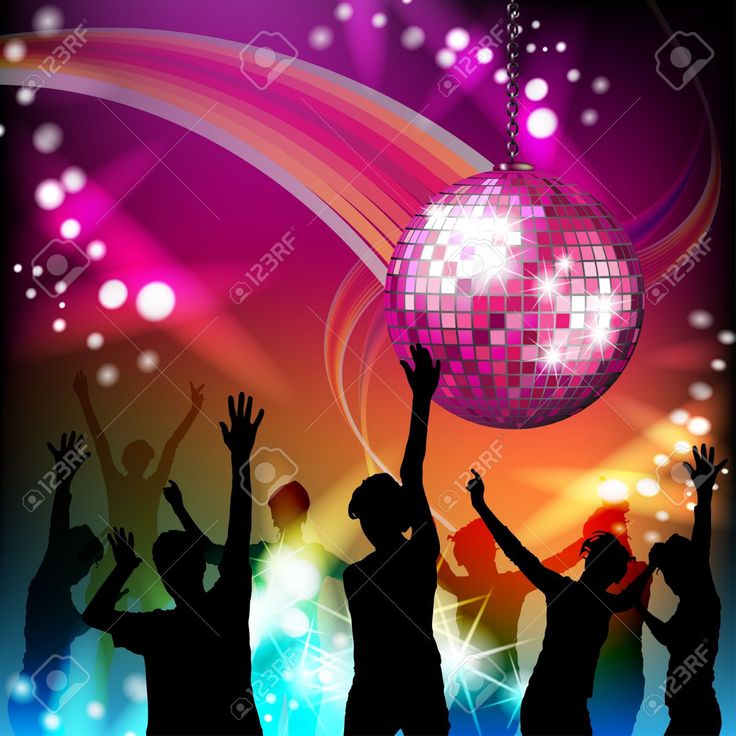
Zigzag movement
The simplest movement suitable for a POP disco is the zigzag. You don't even have to train hard to do it. The highest point of the zigzag is the hips. We choose the side from which we start the movement, for example, the left leg. Mentally draw the sign "Zorro" in the air, and now try to repeat it with your hips. To make it look nice, and not like a Sunday school squat, do it not on two legs, but with a change in the leading leg, depending on the change of side where you “sent the hips”. Those. we start with the left leg, shift the weight of the body to the right leg, making the movement of the hips from left to right, while slightly bending the right leg. Further from this position (without unbending the right leg), we move the hips from the right to the left, bending the left knee stronger than the right, and the last time to the right, everything is the same. From this position, we straighten the left leg and “drag” the hips behind it. Experiment with this movement by drawing a zigzag with your hips in different ways.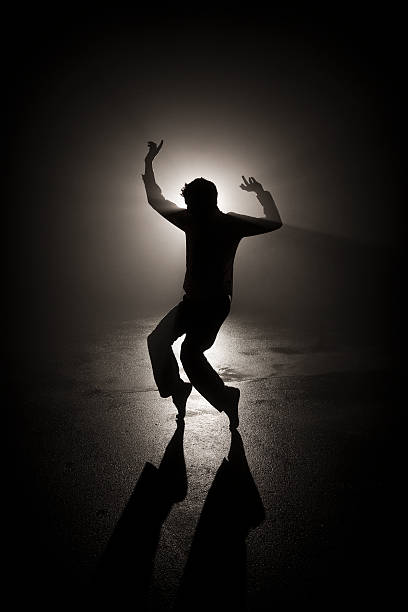
Movement “my hairstyle”
This movement is performed by almost all girls at dance parties, sometimes without even thinking, just repeating after someone. "My hairstyle" will look completely different for the hostesses of different haircuts. Owners of long curls usually collect hair in both palms and hold them while performing some kind of movement, then release them. Girls with short haircuts mannerly run their hands through their hair, tousling them, or run their hands through their hair, leaving their palms in the area of \u200b\u200bthe temples or forehead. Stand near the mirror and try to play with your hair, remember which look suits you the most, do the same during the dance, only without a mirror and choosing only the previously practiced hand poses.
Dance scarf
When the music starts, the legs usually start dancing on their own, but things are much more complicated with the hands. It can be difficult for girls to attach their hands, and here you can use the most ordinary scarf.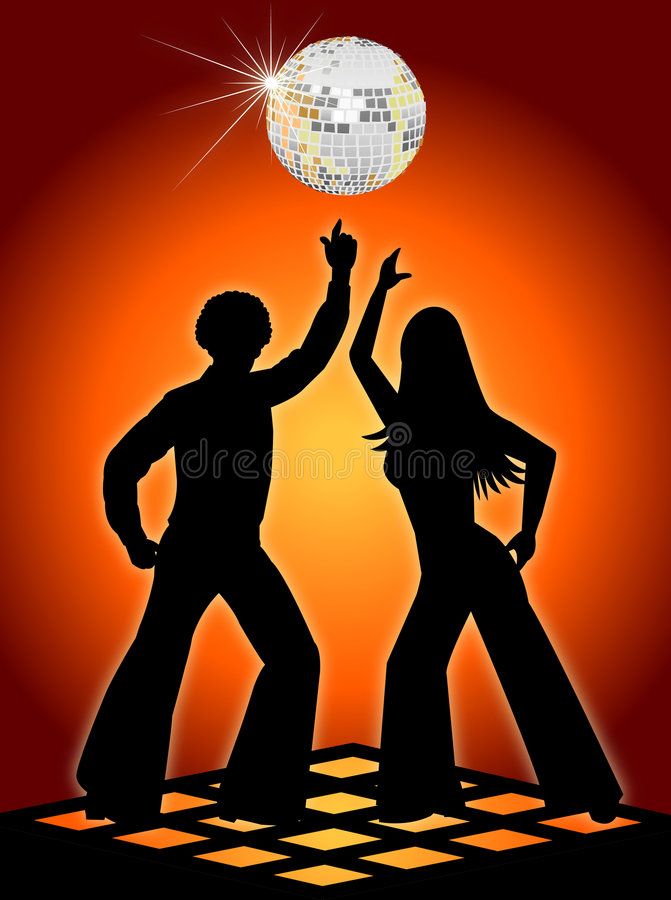 Needless to say, don't slip a scarf between your legs and carry it back and forth, as is often done in the movies. We have already written that this causes unhealthy associations in dissolute people. Leave the scarf around your neck and grasp its ends; silk scarves with tassels at the ends look especially interesting in this case. The simplest movement is the tug of war, where you pull on the scarf with one hand and pull on the scarf with the other. At this time, it can lie on your neck or you can lower it to your waist. With this movement, you can play with your girlfriend or boyfriend. Looks not vulgar, but quite intimate. The scarf can be wound around the hands or played with it in a different way, the hands will be busy, and the legs at this time can make any movements.
Needless to say, don't slip a scarf between your legs and carry it back and forth, as is often done in the movies. We have already written that this causes unhealthy associations in dissolute people. Leave the scarf around your neck and grasp its ends; silk scarves with tassels at the ends look especially interesting in this case. The simplest movement is the tug of war, where you pull on the scarf with one hand and pull on the scarf with the other. At this time, it can lie on your neck or you can lower it to your waist. With this movement, you can play with your girlfriend or boyfriend. Looks not vulgar, but quite intimate. The scarf can be wound around the hands or played with it in a different way, the hands will be busy, and the legs at this time can make any movements.
12 life hacks, to quickly learn how to dance from Mamita Dance
Dancing
Author: Pavel Collect
Psychologist, teacher of Salsa and Tango
Dances
Author: Pavel Pavel Pavel Pavel Pavel, Teacher of Salce and Tango At the start, you always want to get a quick result. This is the most common story of those who believe that the mere act of attending a pair dance class is enough to learn how to dance. 1. Listen to music The most common and accessible advice that is given already in the first lessons. And it definitely works. Music creates a certain atmosphere of the dance and intuitively you want to move to it. It doesn't matter where you listen to music - in the car, on headphones while walking or doing household chores. An addition that will help you dance better is your active participation in the music. 2. Watch videos of good dancers It's complicated, but also obvious. It’s more difficult, because without recommendations from more experienced dancers, unfortunately, it’s not so easy to find a good quality video on the net (I mean not the resolution quality, but the content itself). Meaningful viewing of the video is to form an understanding of HOW the dancers make this or that impression on the partner or the viewer. Technology is at the heart of everything. Understanding how the pros do it is a big step forward. It is important to distinguish between a show and a disco dance, a choreographed performance from an improvisation, a stylized dance from an authentic one, etc. Tango Z. Showreel. Online modern tango courses Tango nuevo is the most advanced version of tango. We can quickly learn to dance from zero to a steep level. When it doesn't happen, the hypothesis arises that everything takes time. After a conditionally acceptable time, humility comes to mastering pair dances, which, perhaps, is not given, and I will just do what I learned somehow.
Absolutely not. If you want to really dance well, you have to make an effort outside of the dance class. A good teacher will definitely be needed, but the initiative should be on your side.
 Sing along, dance or simply beat musical accents with any free parts of the body. In the subway, for example, it is enough to tap out bright moments with your fingers, in the car to sing along with sounds, and at home you can jump for pleasure.
Sing along, dance or simply beat musical accents with any free parts of the body. In the subway, for example, it is enough to tap out bright moments with your fingers, in the car to sing along with sounds, and at home you can jump for pleasure.
 Ask for recommendations and dance instructors will always upload a couple of videos of worthy landmarks.
Ask for recommendations and dance instructors will always upload a couple of videos of worthy landmarks.
View details
3. Dance in salsatecas/milongas/discotheques
A very delicate moment when it is worth coming to the first party. From a technical point of view, most students in 1-3 months have a sufficient set of figures and techniques to come and dance calmly. Psychologically, the same moment can be stretched out for an indefinite time. After all, it is imperative to “not lose face”, “learn more figures” and be sure what to do in case “there is an unfamiliar movement”.
In fact, the partygoers don't really care (except for a small layer of non-professional teachers who want to help inexperienced dancers by treating them as customers in the future).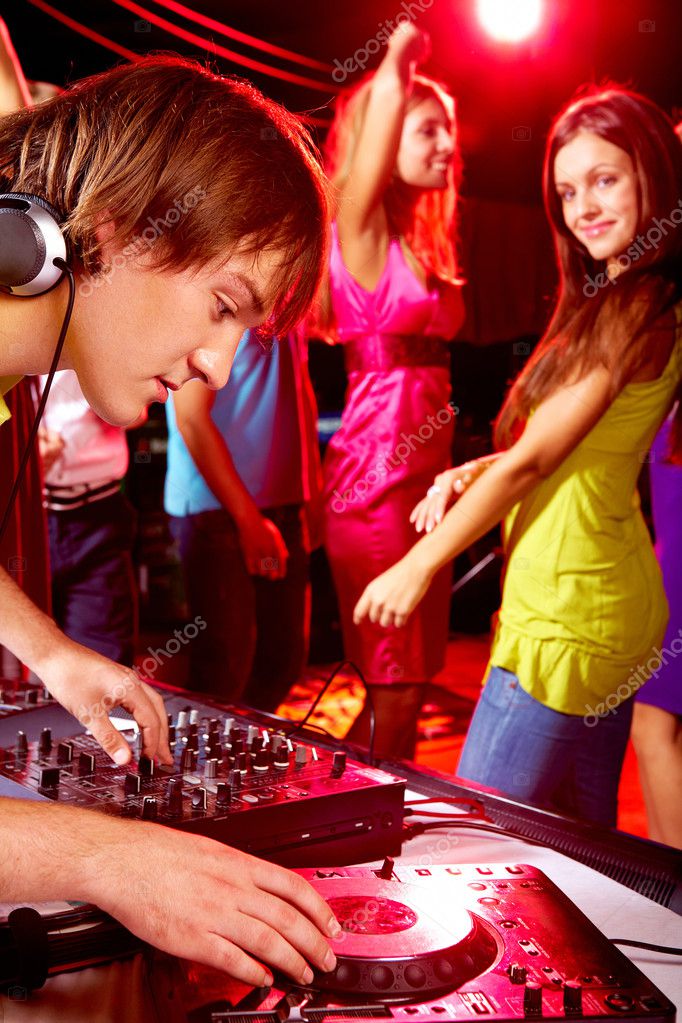 It is important to come and try dancing after a month of classes. You can only with friends or guys from your group. This will be enough to feel the adrenaline and inspiration from the dance.
It is important to come and try dancing after a month of classes. You can only with friends or guys from your group. This will be enough to feel the adrenaline and inspiration from the dance.
4. Dance with partners or partners not of your level
The conventional wisdom that you need to practice in groups of your level does not stand up to the test of experience. Perhaps now your eyes widened in surprise, and you want to meaningfully read the phrase again. Yes, you saw everything correctly: when you dance with a partner of your level, you don’t grow anywhere.
It's important to understand that not only does it work one way and you have to dance with cooler dancers, but it works even more effectively the other way. It is no coincidence that teaching pair dances dramatically raises the level of the teacher himself. You have an endless stream of very beginner dancers.
How it works. A more experienced partner needs to be "stretched".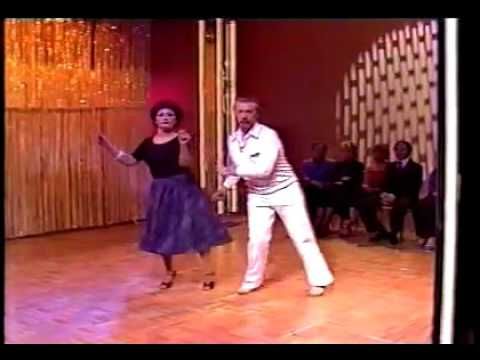 It's easy and obvious. With beginners, you need to take more initiative on yourself, see the general pattern of the dance more widely, turn on and insure more, try to be an example and be more careful. The quality of interaction begins to grow significantly. And wonderful partners too.
It's easy and obvious. With beginners, you need to take more initiative on yourself, see the general pattern of the dance more widely, turn on and insure more, try to be an example and be more careful. The quality of interaction begins to grow significantly. And wonderful partners too.
Dancing with partners of your level doesn't make you grow. Dance with beginners and more advanced dancers
Dominican Bachata Women's Style Online Course
Want to learn how to hypnotize those around you with the most appetizing part of your body? On the course we will tell you all the secrets.
| Interesting |
5. Learn to dance for a partner and for a partner
Turks and Argentines are one of the best partners in the world. In Russia, partners are highly valued. Why? The answer is simple. In Argentina and Turkey, it is not questionable for men to ask another man to lead in one piece or another and give feedback on the quality of the lead.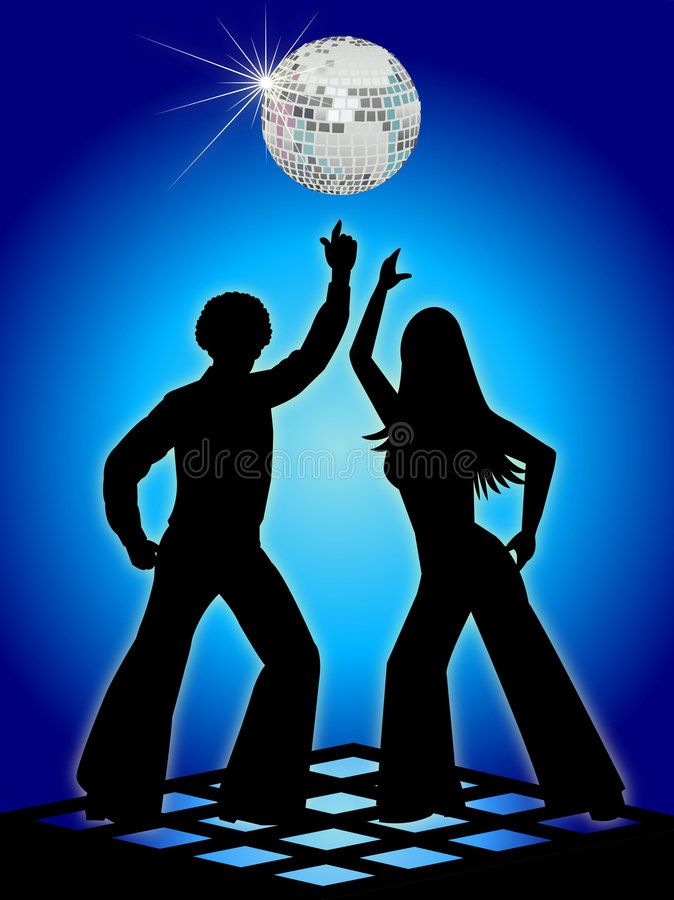 For them, it will be a great shame to hear moralizing from a partner, or even more so to be known in the community as an insecure partner.
For them, it will be a great shame to hear moralizing from a partner, or even more so to be known in the community as an insecure partner.
In Russia, due to the constant, often far-fetched, opinion that there are more women in pair dances, partners calmly get up and study their partner's part. Such partners then grow into very cool dancers and teachers. In no case do this at parties, only in class. Here we are talking only about the learning strategy. At parties, be yourself.
6. Do not memorize links
Always try to look deeper and understand the through principle and idea of movement. Understanding what and how is done will make it possible to independently generate any sequences and chips.
Human memory is limited and there will always be a moment when something will escape and your repertoire will be limited by the size of RAM.
In Argentine tango, for example, there are seven levels of movement formation that, when mastered, will allow you to make millions of combinations.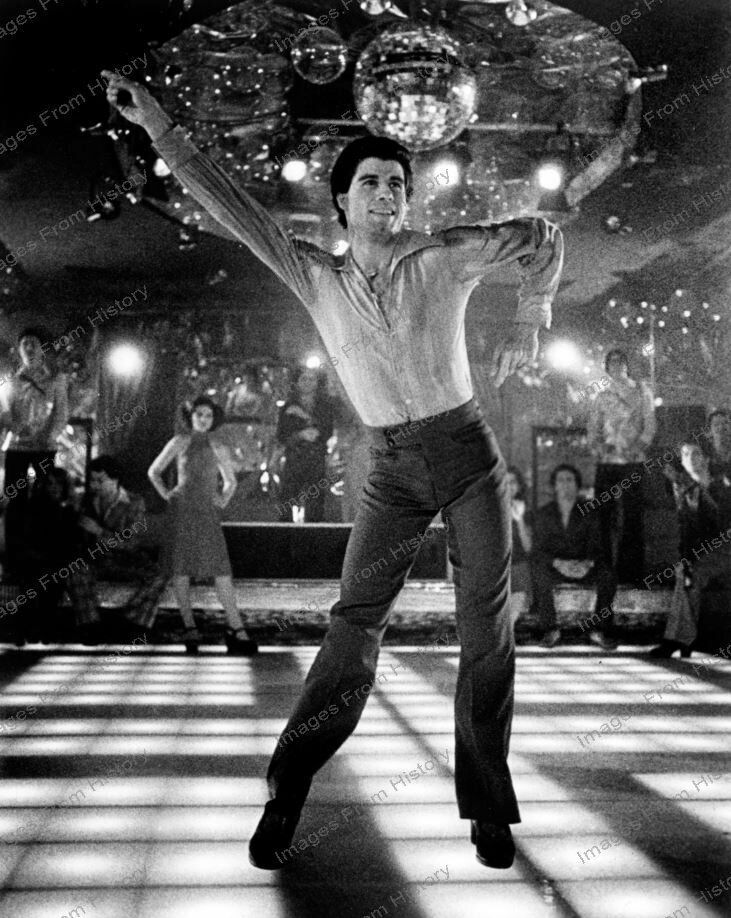 And how many dance sequences can you really remember? In rueda, more than 150 figures dance in a rare circle. It's hard to keep more in mind.
And how many dance sequences can you really remember? In rueda, more than 150 figures dance in a rare circle. It's hard to keep more in mind.
7. Develop your body
Many years of experience in teaching partner dance shows that as soon as everyone pairs up in a class, any progress in individual style ends. But it is the individual style that distinguishes everyone at the disco: partners change, and style is always with you.
The body as the main instrument of dance must be very plastic, responsive and emotional. Surprisingly, not all pair dance schools have a general physical warm-up. It is vital to tune the body and understand how it works.
You can always train extra and concentrate more on the basic steps, as their true value is as body work. The sequence of steps is, in fact, the simplest thing that can be in pair dancing. The quality of individual performance determines the craftsmanship.
8. Try on the images of inspiring dancers
A psychological life hack for those who have already mastered the steps, but still feel that there is not enough brightness and drive. Most are terribly afraid of being someone else's "clone". Here the action is the same as under the influence of hypnosis - the more you resist, the more you plunge into an altered state of consciousness.
Most are terribly afraid of being someone else's "clone". Here the action is the same as under the influence of hypnosis - the more you resist, the more you plunge into an altered state of consciousness.
With a high degree of probability, you are already dancing like someone else's "clone". A meaningful fitting of someone else's image is that you mentally take the image of the one who inspires you (inspiration is critical in this case) and "put on" yourself. Then you start dancing and trying to feel in general how it is to be able, for example, to be the best partner or the sexiest partner in a disco. This is much more difficult than it seems. But it works extremely efficiently.
9. Dance to offbeat music
Habitual rhythms keep you tight. Tango salon or speedy timba leave little room for experimentation and fantasy. Pattern dancing is always noticeable and is reserved for beginners.
The truly new is born outside of the usual.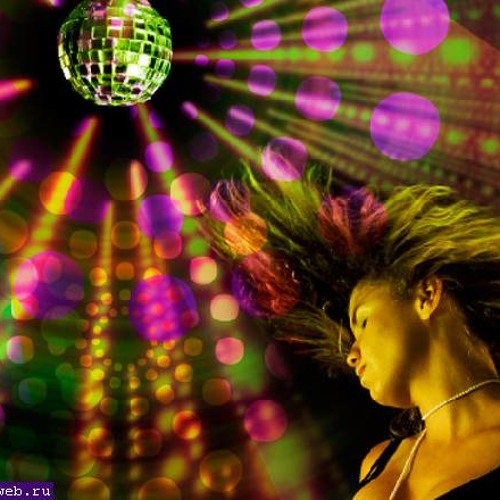 Look for places to experiment. If there is no place, organize self-training. The main thing is not to get carried away, because music determines the style. We bring something new to pair dances, rather than trying to change them.
Look for places to experiment. If there is no place, organize self-training. The main thing is not to get carried away, because music determines the style. We bring something new to pair dances, rather than trying to change them.
Search, improvise, do not be afraid to go beyond, develop in different directions, be inspired by music atypical for style
10. Try your hand at basic dance directions
dances exist according to their own non-choreographic laws.
This is the deepest delusion, which has turned into a ceiling for the qualitative development of partner dances. After all, all professional dancers, for example, in salsa or bachata, build their ideas on the basic choreographic principles.
Do not think that choreography is only applicable on stage. Any meaningful movement of the body can be choreographic. In general, try classical or modern choreography. Basically, hip-hop can work too.
11. Look for battle sensations
Pair dances return us to an active position of manifestation of our body. As in the days of our ancient ancestors, we impress the members of the opposite sex by how dexterous, hardy, sexy, etc. we are. Modern laws of the jungle in the entourage of big cities.
If you look around the dance floor, it becomes clear that the majority are clearly herbivores (not in the sense of vegetarians, but in relation to those around them). I am sure that predators are always more interesting in terms of the attractiveness of the image - try to find a counterbalance among herbivores, for example, a cat woman or a lion man.
The conversation is about an internal position, not about aggressiveness. Lability and lack of control are inherent in adolescents, and not in adult self-sufficient people.
Accordingly, even a training or friendly battle gives, on the one hand, practical skills - to make a bright sequence of movements, bring an idea to a climax, show a spectacular feature, on the other hand, develops the psychological basis of the dance - self-confidence, resistance to extraneous attention, self-control and self-control in complex elements.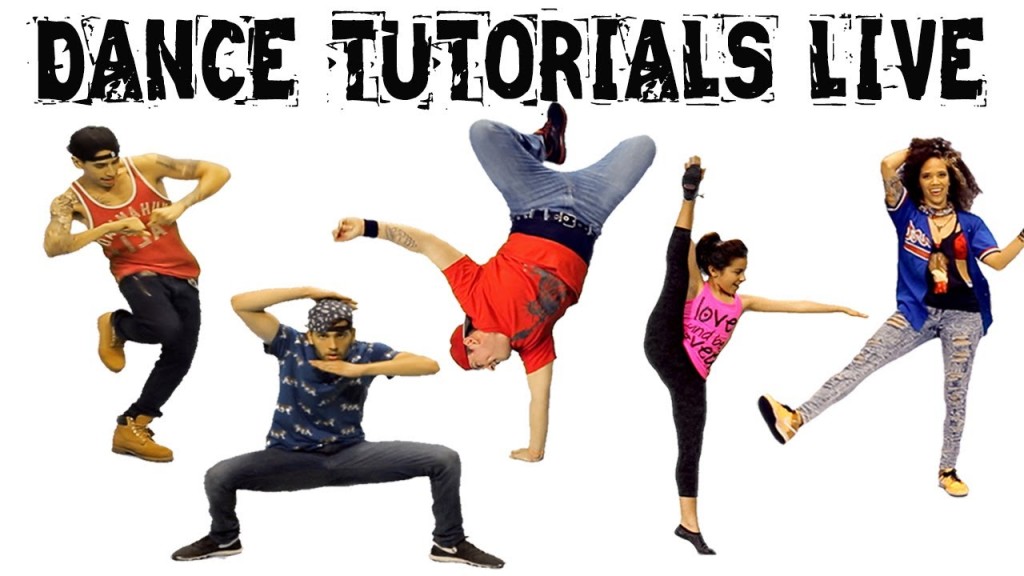
12. Communicate with professionals
The environment shapes the internal position. Basically, real passionaries of the dance community are ready to openly talk, discuss and support the development of dance in every possible way. Universal principles and the ideas they articulate have a much longer and more practical perspective than meets the eye.
Accept that, for example, behind the words "listen to your partner" is not only a beautiful metaphor, but also a practical skill to literally listen to your partner. At the same time, always treat every thought, even the most respected teacher, as a private opinion.
Your skill will lie in finding the scope of the idea even in conflicting opinions. Most often, the contradiction is speculative and the truth lies in the angle of perception or situationality.
Your dancing growth will stop sooner or later. This can happen at the level of three basic steps or years of experience in teaching and show performances.




